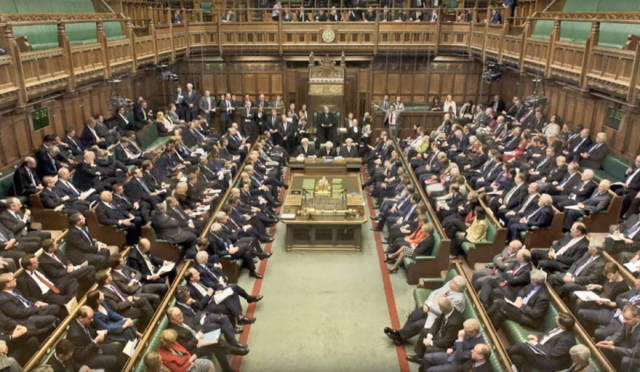

Interestingly, though, the British proposal consisted of both the declaration on existing obligations and the undertaking for the future the latter part was considered as having less importance, only being recommended for inclusion. Remove the offending Party from the Treaty.Įach Party declares that none of the international engagements now in force between it and any other of the Parties or any third State is in conflict with the provisions of this Treaty, and undertakes not to enter into any international engagement in conflict with this Treaty.Īs the article explains in Historical Background, The Birth of Article 8-A Short Overview, After consultation, one of four possible actions could be taken:Īsk the offending Party to remove the conflict,Īsk the offending Party to withdraw from the Treaty, or An issue regarding a potential violation of Article 8 could be raised. The mechanism for removal is not spelled out directly however, under Article 12, "the Parties shall, if any of them so requests, consult together for the purpose of reviewing the Treaty". There is no specific criteria, though "any international engagement in conflict with this Treaty". If so, then what are the criteria through which a member state could be removed?Īn Emory International Law Review article, The North Atlantic Treaty and It's Relationship to Other "Engagements" of Its Parties-A Commentary on Article 8 (2019), states that, "while the text is open, requiring exiting the Treaty by the Party in violation may also be an option eventually." Is there any mechanism through which NATO member states can agree to remove a member state?


 0 kommentar(er)
0 kommentar(er)
